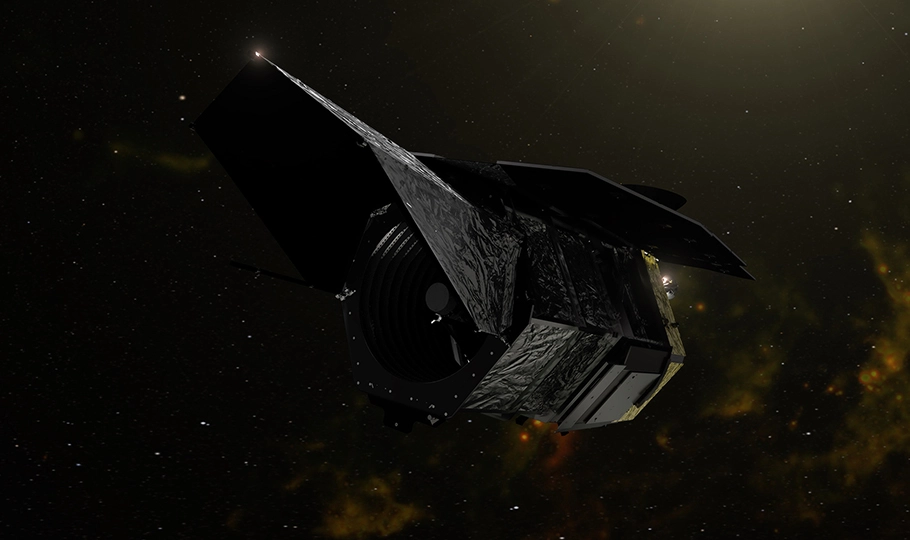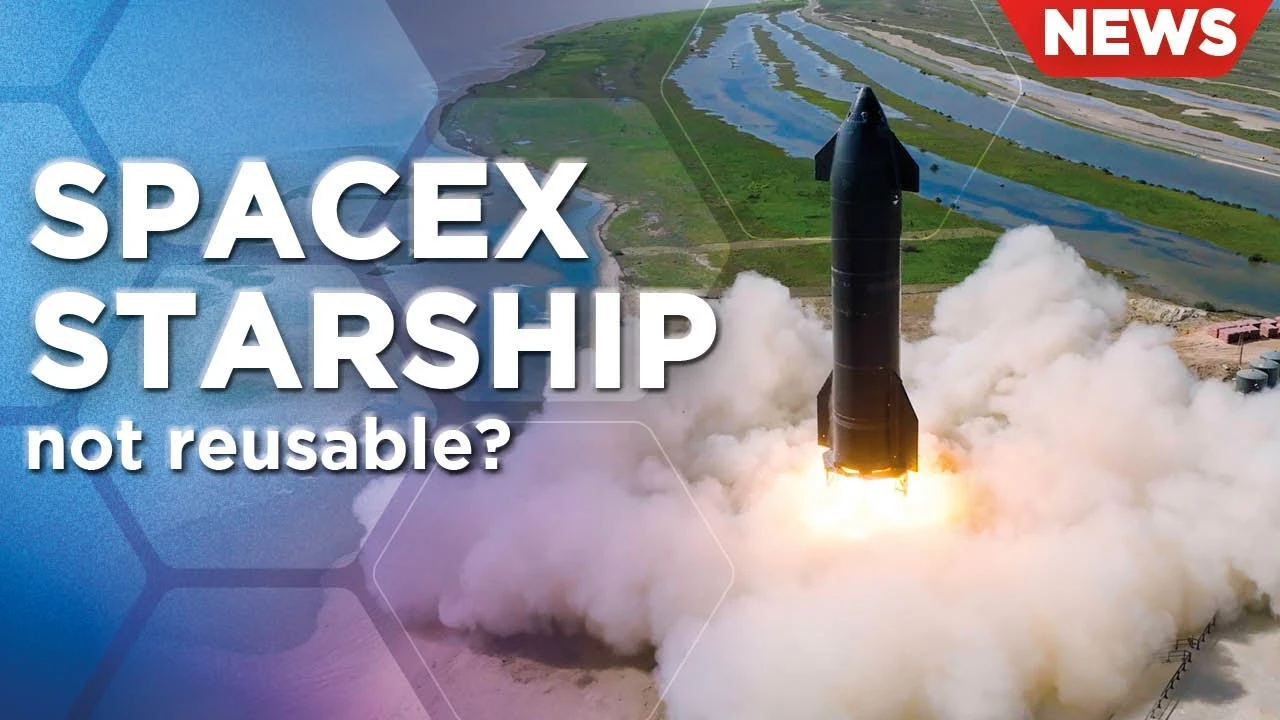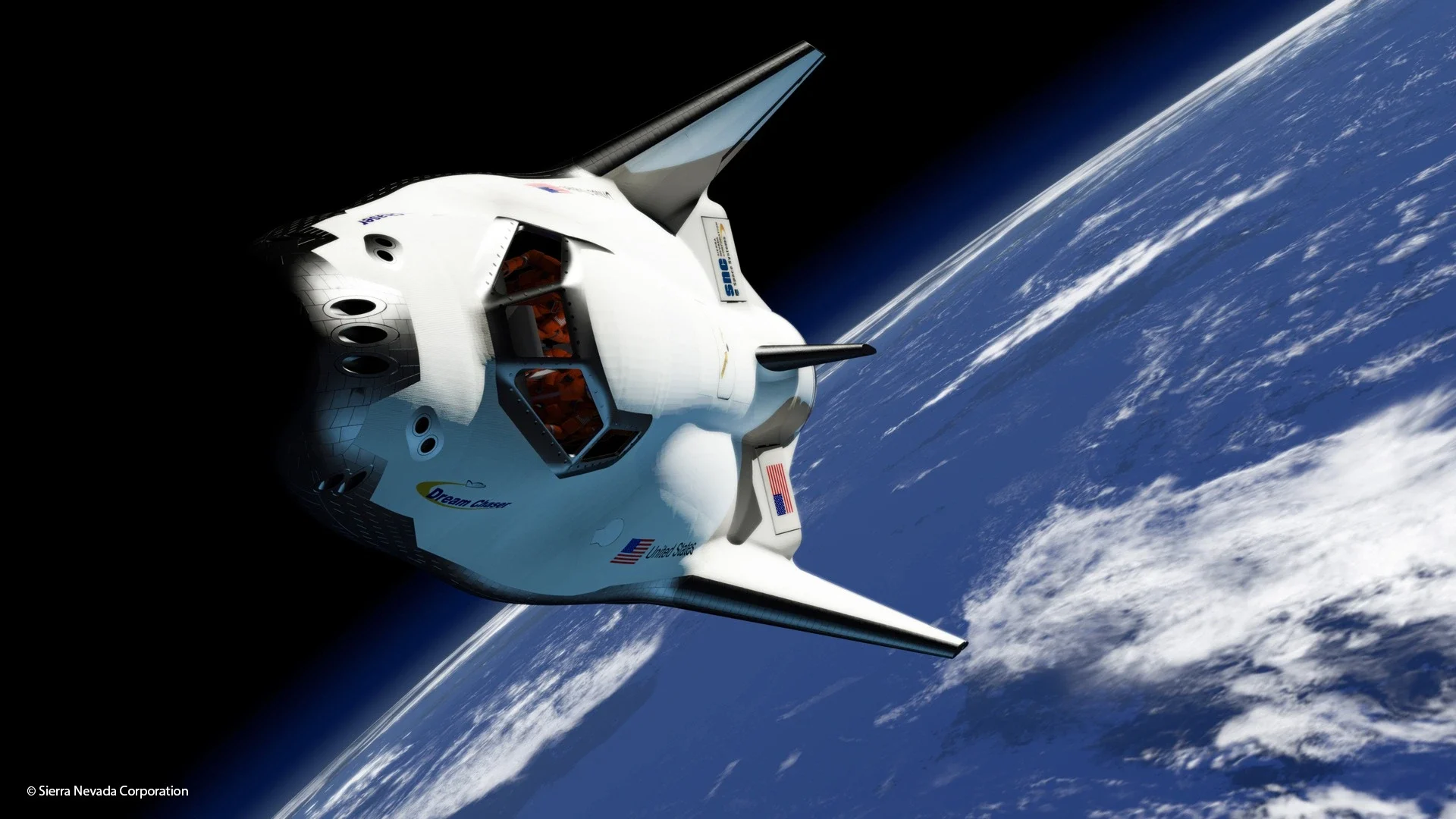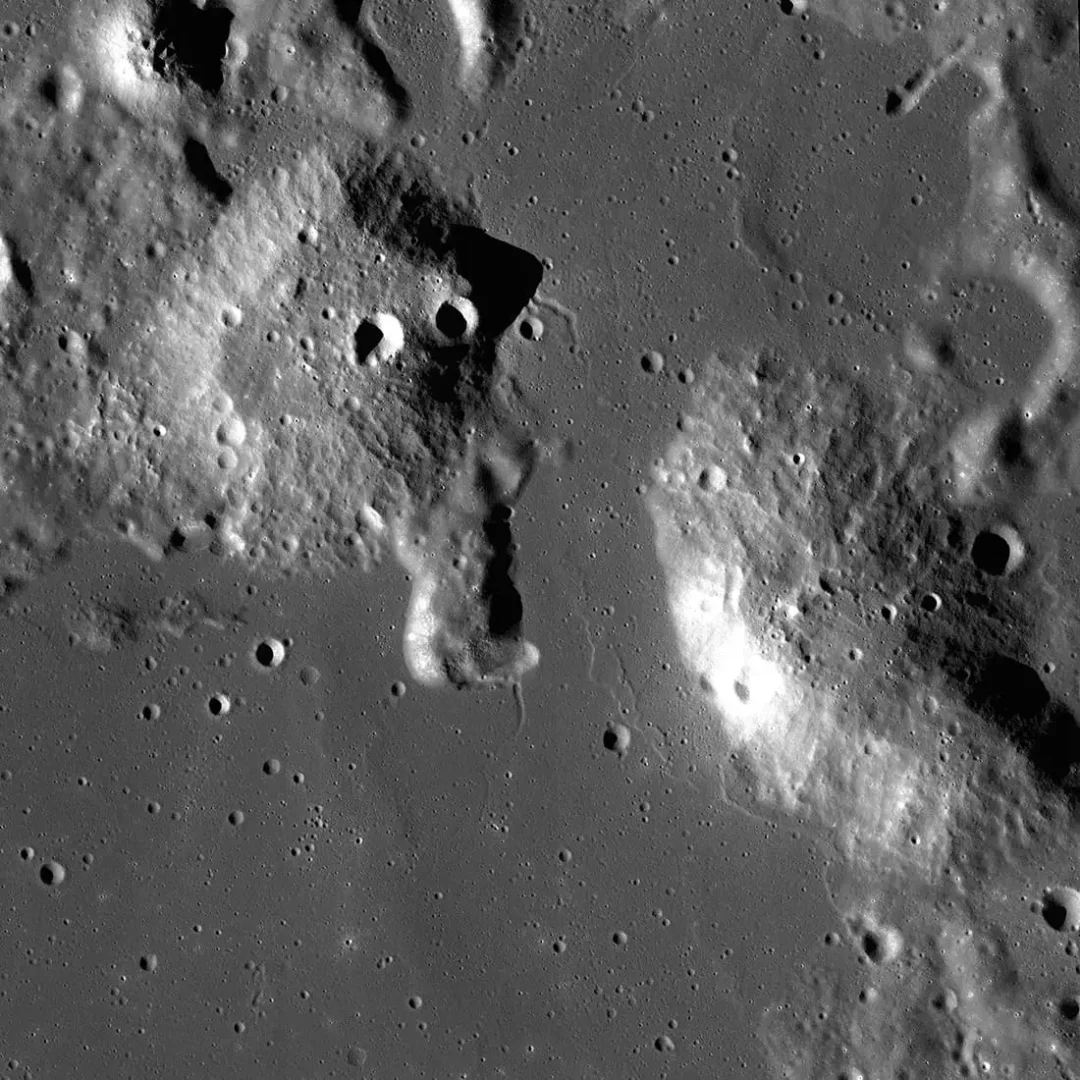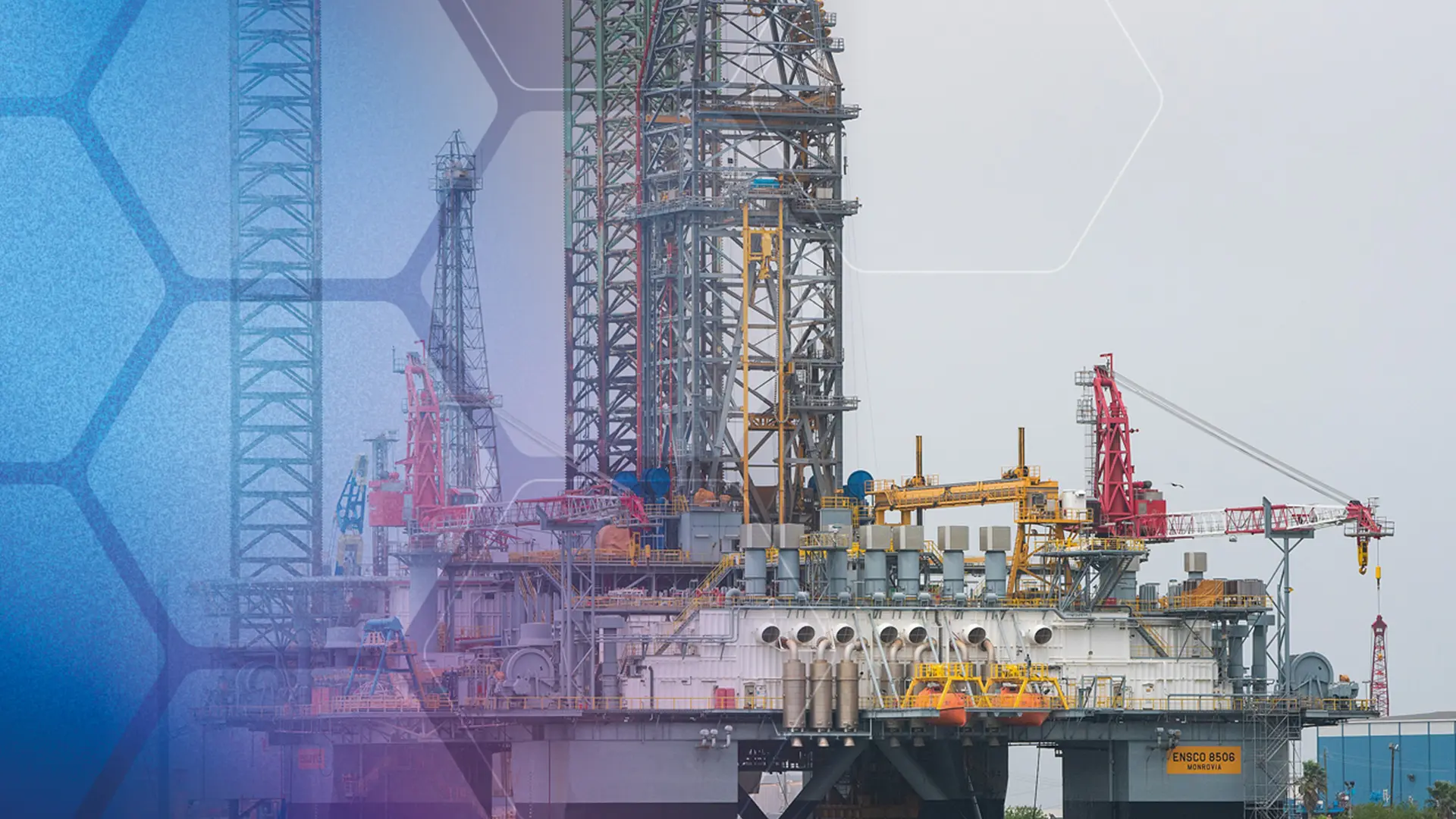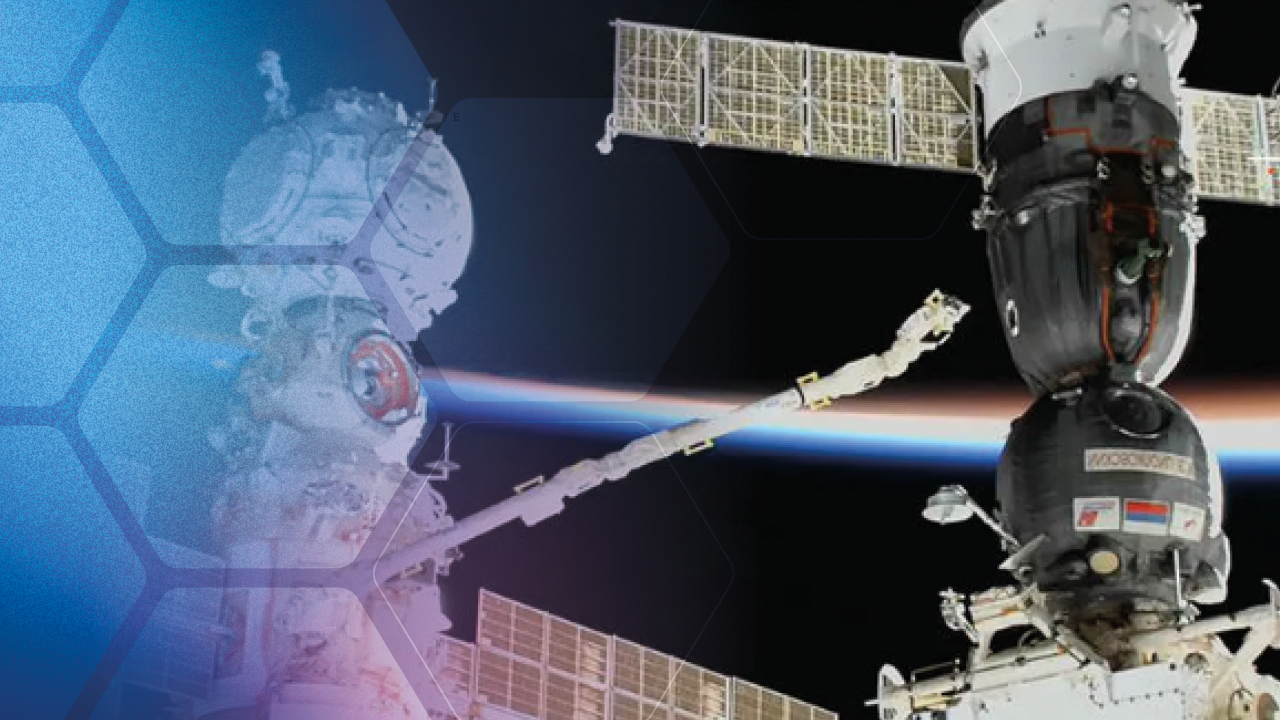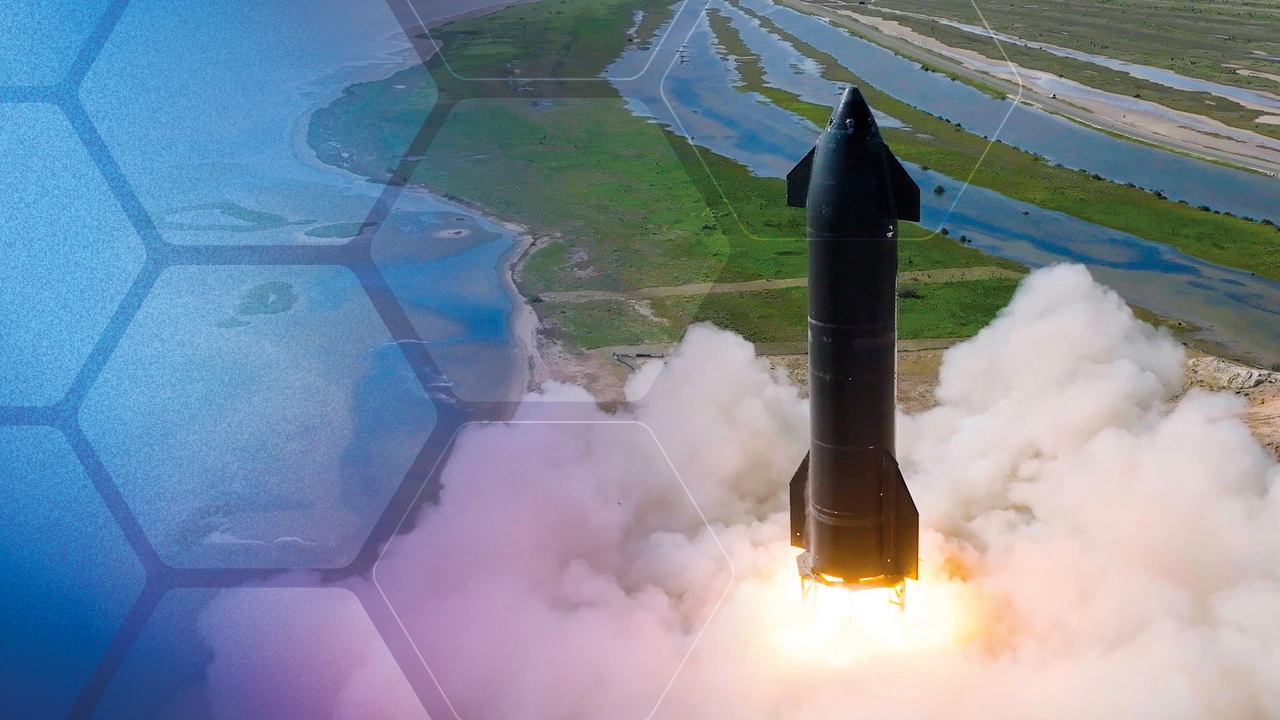
Senkrechtstarter News 05/2023
This Space News was published on Mon, 06.02.2023 – 10:40 CET in collaboration with SenkrechtstarterLast week's rocket launches
James Webb Space Telescope software bug fixed
Nancy Grace Roman Space Telescope to launch in 2027
20th Anniversary of the Columbia Disaster
Record funding for The Exploration Company
Sierra Space blows up space station module
ULA (United Launch Alliance) – Vulcan to launch Dream Chaser and Perigrine Lander into space
SpaceX Starship-News
Last week's rocket launches
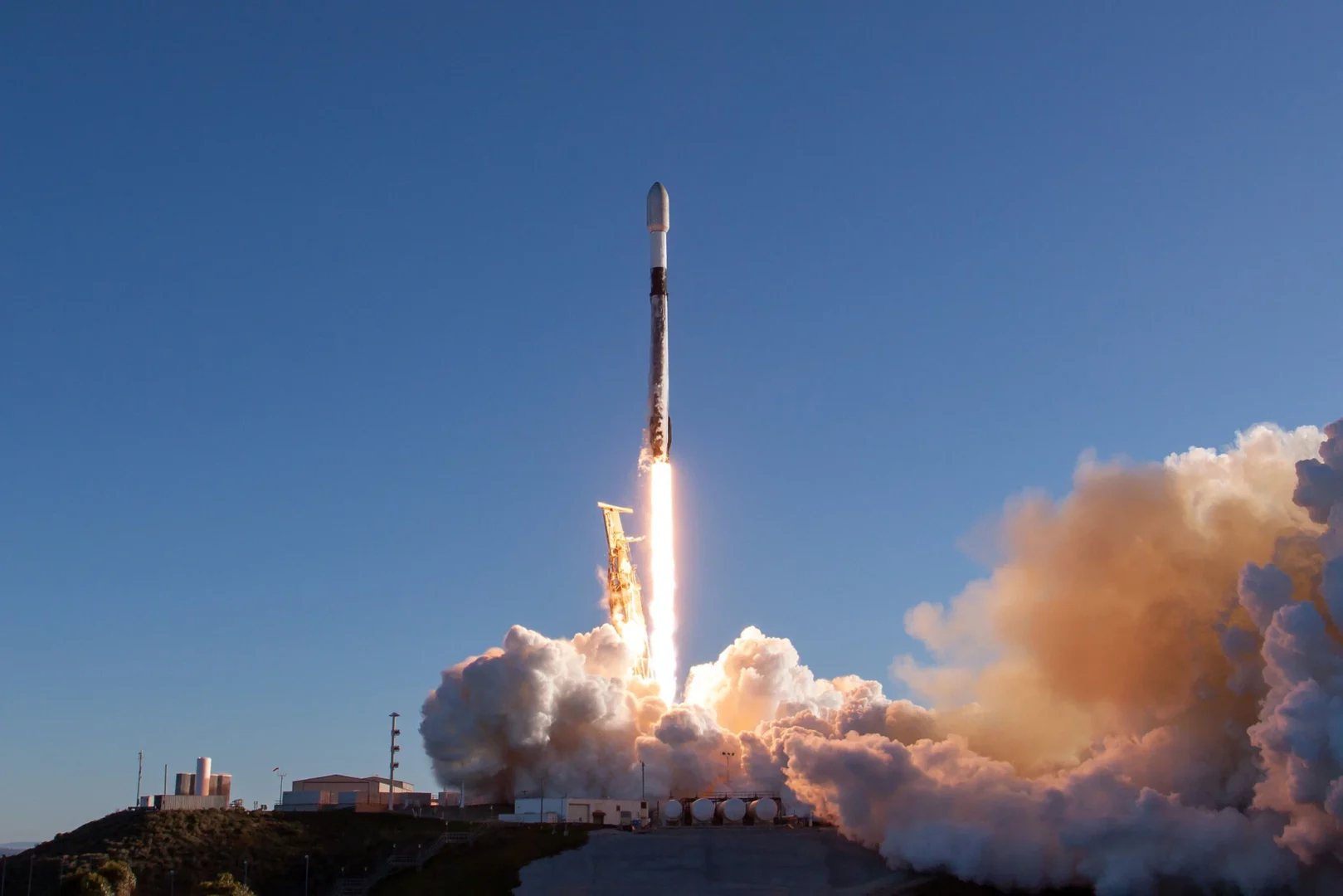
Starlink Group 2-6 & ION SCV009 | Falcon 9 Block 5 | 31.01.2023, 17:15 CET
SLC-4E, Vandenberg SFB, California, USA
On Tuesday, January 31, SpaceX launched a Falcon 9 carrying Starlink Internet satellites from Vandenberg Space Force Base in California, USA. Launch time was 17:15 CET. There was one rideshare on this mission. In addition to the 49 Starlink satellites, D-Orbit's Spacetug Eclectic Elena flew into low-Earth orbit. The booster also landed successfully after its 7th flight.
Starlink Group 5-3 | Falcon 9 Block 5 | 02.02.2023, 08:58 CET
LC-39A, Kennedy Space Center, Florida, USA
A Falcon 9 launched on Thursday, February 2 at 02:58 local time (08:58 CET) from Launch Complex 39A at the Kennedy Space Center in Florida. The 200th Falcon 9 launch since 2010 brought 53 Starlink satellites into low-Earth orbit. It was the fifth launch and landing for the booster used.
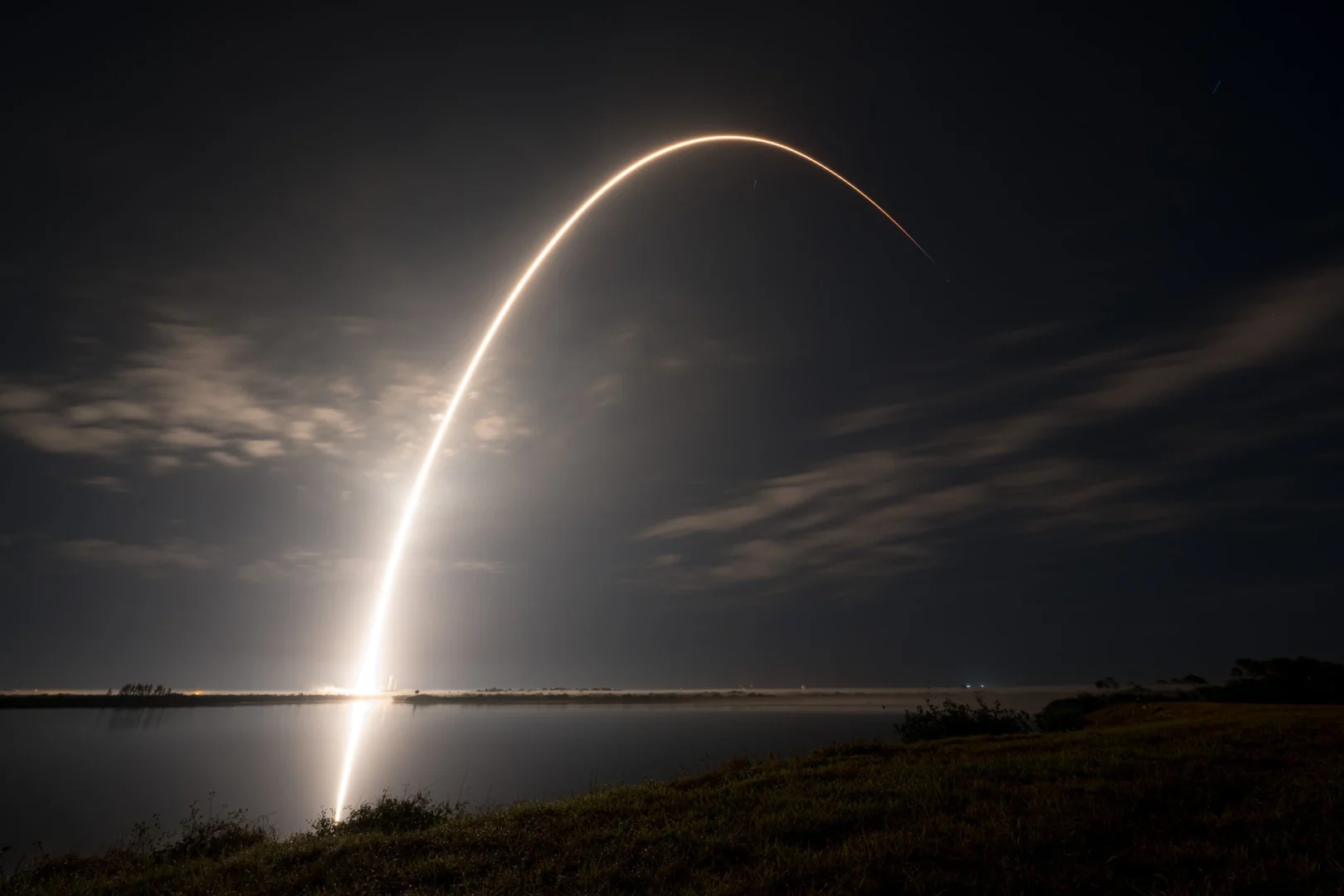
James Webb Space Telescope software bug fixed
The FGS/NIRISS imager and spectrograph on the James Webb Space Telescope (JWST) has been unable to collect data. This was caused by a communication error in the near-infrared imager that resulted in a software timeout. This type of electrical hardware failure is not uncommon in space, which is why flight control systems are designed with multiple redundancies. After restarting the instrument, everything is now back to normal and further observations can be made.
Nancy Grace Roman Space Telescope to launch in 2027
Like JWST, the Nancy Grace Roman Space Telescope (NGRST) will be a large infrared telescope positioned at Lagrange point L2. Its mission is to measure space-time to provide information about the expansion of the universe. A space telescope with such capabilities was recommended by the U.S. National Academies of Sciences, Engineering and Medicine in 2010 as a top priority for astronomical research in the next decade.
The NGRST is currently estimated to cost $4 billion to build and is scheduled for launch in 2027 on SpaceX's Falcon Heavy.
International Spaceflight
20th Anniversary of the Columbia Disaster
February 1st marked the twentieth anniversary of the Space Shuttle Columbia disaster. In 2003, the space shuttle broke apart during re-entry into the atmosphere over the United States. The cause was a piece of foam insulation that damaged the leading edge of the orbiter during launch. During re-entry, this led to the disaster that killed the 7-member crew. In retrospect, this accident represents a turning point in spaceflight. The remaining shuttles were reused under certain conditions to complete the International Space Station ISS. But space travel was to change forever.

© CBS News
In an article on Ars Technica, Eric Berger concludes that NASA is hit by a disaster every generation. For example, there is a loss of life every two decades. He cites Apollo 1 (1967), Challenger (1986), and Columbia (2003) as examples. He hopes that the current generation will be spared this fate. After all, space travel is and will remain technically highly complex and potentially very dangerous. For this reason, neither routine nor a false sense of security should be allowed to creep in. Karin Sturm and Tony had a detailed discussion on this topic on the YouTube channel Mondgeflüster (GER).
Record funding for The Exploration Company
It was announced this week that The Exploration Company has raised €40.5 million in a funding round. Taking a cue from SpaceX, co-founder and CEO Hélène Huby plans to use her team, investors, and government contracts to tackle first cargo and then crew transportation. A scaled-down 30-kg prototype, dubbed "Bikini" in reference to its triangular shape, will fly on the first Ariane 6 flight to test the heat shield. However, the spacecraft will be designed to be launcher-agnostic, allowing it to be launched on a variety of launch vehicles.

Sierra Space blows up space station module
There will be no shortage of space stations for Nyx to travel to. There are currently two permanently inhabited space stations, the ISS and Tiangong (China), and several commercially operated stations are planned for the next 10 years. One of these is Orbital Reef, operated by Blue Origin and Sierra Space.
In January, Sierra Space conducted a so-called Accelerated Systematic Creep Test on a scaled-down version of the LIFE inflatable habitat. This exceeded NASA's certification requirements for space missions, the company said.
The BEAM module on the ISS has already shown that the technology works in principle. It was launched in 2016 and certified by NASA for possible use until 2028.
ULA (United Launch Alliance) – Vulcan to launch Dream Chaser and Perigrine Lander into space
In addition to the Orbital Reef modules, Sierra Space is also developing the Dream Chaser spacecraft. This spacecraft is scheduled to make its maiden flight on the second flight of ULA's Vulcan. Although there is no definite launch date, all signs point to a launch in the near future. The new rocket is intended to replace the two veteran launchers, the Delta IV and the Atlas V, and is being marketed as a rapid-response vehicle, meaning it should be able to launch a payload in a very short period of time. According to CEO Tory Bruno, it will take only eleven days from the start of rocket assembly to launch.
The Vulcan's first flight will carry Astrobotic's Peregrin lander to the Moon. The Peregrin One mission was originally scheduled for late 2021. Astrobotic announced on January 25 that it had completed testing of the lander and was awaiting the green light from ULA to send the spacecraft to Cape Canaveral for launch preparation. There is no confirmed launch date, but the lander's destination has since been announced.
NASA announced on February 2 that Peregrine will land near a region called The Gruithuisen Domes. These are located on the northeastern edge of the Ocean of Storms (Oceanus Procellarum) on the western part of the Earth-facing side. The German Aerospace Center (DLR) is also involved in the mission. A side flap of the 1.90 meter high and 2.50 meter wide lander also contains the M-42 radiation detector, which has already flown around the moon as part of Artemis I with the two phantoms Zohar and Helga. A time capsule from DHL will also be on the mission.
SpaceX Starship-News
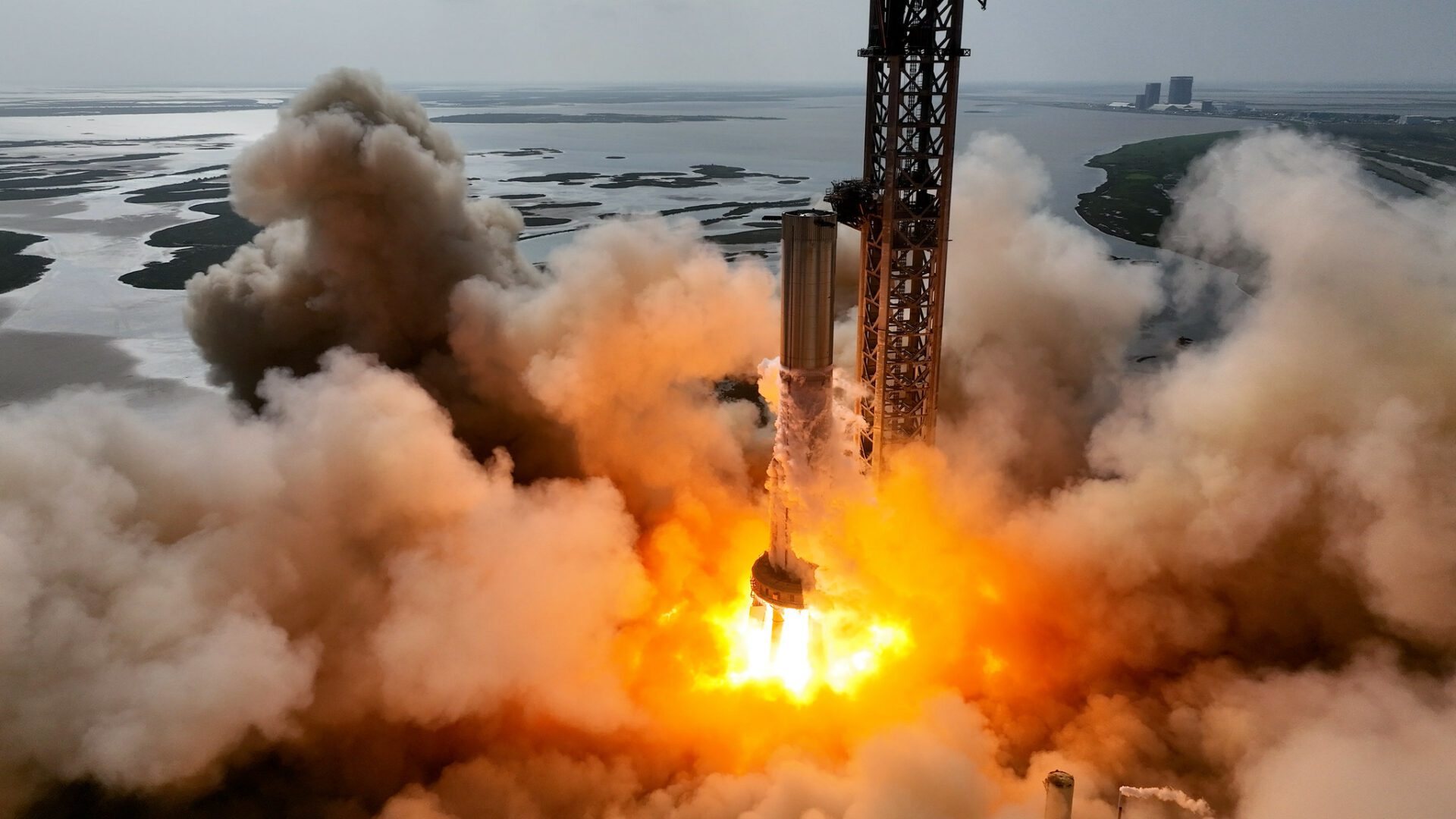
SpaceX increases payload capacity up to 250 tons into LEO (Low Earth Orbit)
While the Starship's static fire test is still pending, information about a new configuration has been posted on SpaceX's website. The Starship's payload capacity is now stated to be up to 250 tons of payload into low Earth orbit. The interesting part is that in order to carry these masses, SpaceX might forgo reusability. Critics see this as the first sign that reusability may not be so easy to achieve. But to classify the payload, a comparison helps: The heaviest and by far the largest man-made object in orbit is the International Space Station (ISS). It has a mass of around 420 tons. Its construction required 37 shuttle flights and several Russian Proton launches. Leaving volume out of the equation, only two launches would be needed to bring the space station to an altitude of about 500 km.
Starship SN27 could carry payloads into space for the first time
Meanwhile, SpaceX has also made changes to protect the engines from the aggressive - because salty - sea air. In addition, there are tapes on SN27 that say "Remove before flight". This was not the case on earlier spacecraft because the payload doors were apparently locked. This may change with Serial Number 27. Unlike conventional rockets, the Starship has no payload fairing. Instead, it opens a door through which, for example, Starlink Gen-2 satellites are released. This "revolver principle" is known in the space community as the "PEZ dispenser". However, the mechanism is designed to be variable so that customers can choose a customized payload release solution.
Job postings could point to astronautical spaceflight with Starship
SpaceX is currently looking for qualified engineers for a Crew Starship. This could be the first sign that there will soon be news about space travel with the Starship. It seems impossible that the current prototypes will ever fly into space with humans on board. However, if SpaceX continues to develop the most powerful rocket of all time at the same pace as before, Elon Musk would come a lot closer to his self-imposed goal of a rapid colonization of Mars. A look at history, however, shows that the company is proceeding responsibly despite all the haste. Even with the Falcon 9, the company first perfected the transportation of payloads until astronauts flew into space with the Dragon crew.


